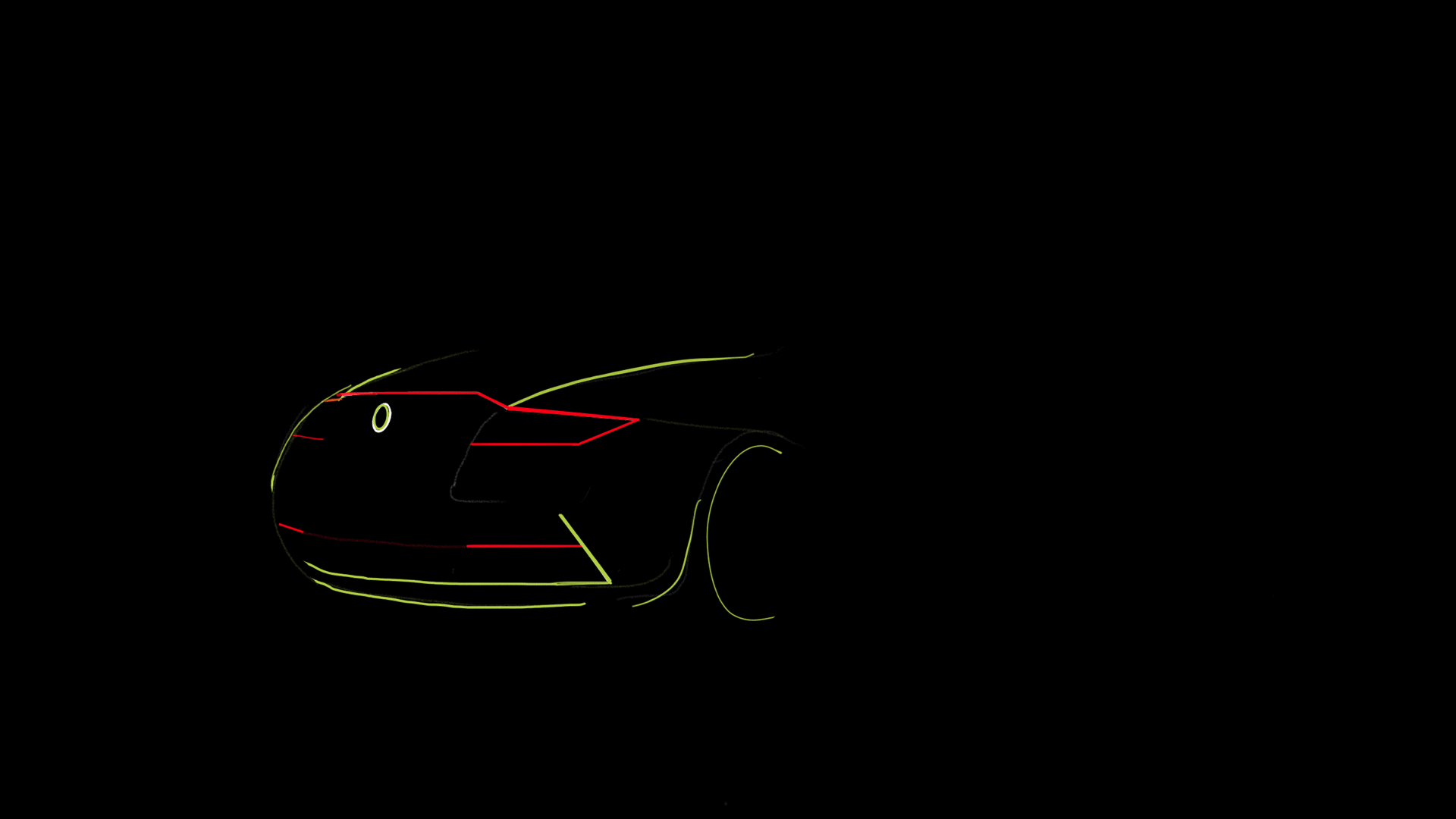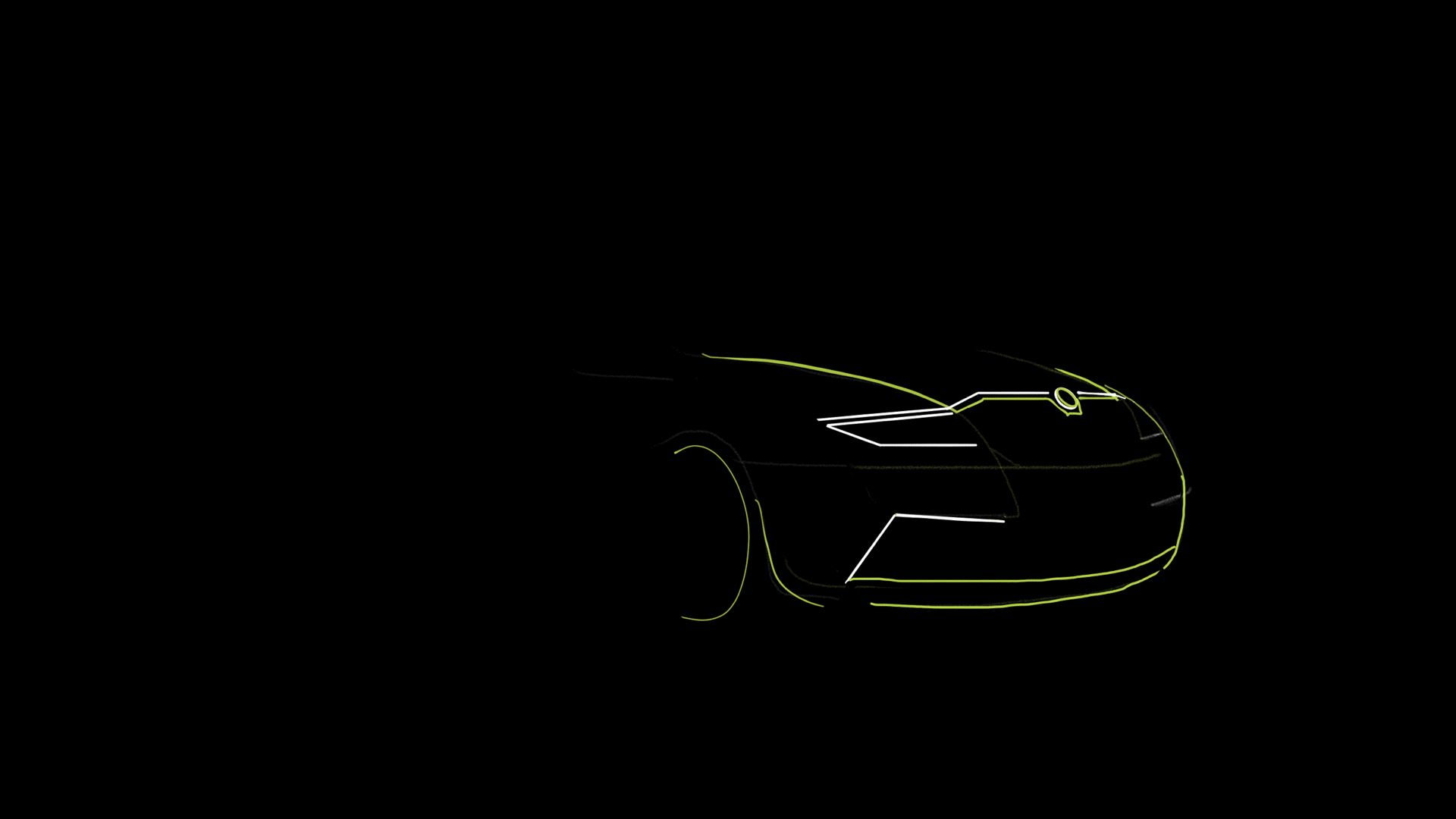
My canvas tends to be devoid of light. You sort of do need to start without light in order to find it
- Es Devlin










Step in, it's gonna be a pleasant journey.
Imagine a car where you feel familiar the moment you sit down. The temperature is just right, you hear the latest episode of your favourite podcast playing from the speakers and the ambient lighting matches your mood.

With nextOS integrated in ŠKODA cars, it is no longer just a vision. The car knows who is behind the wheel and customizes itself accordingly. You can also change the settings easily, using just your voice. And the newest infotainment system is redesigned so if you are not driving, you can enjoy your favourite apps, webs or news everywhere you go.

The Future
We can look at the transportation system as a metaphore for vascular system, as they both are transporting cells inside a living organism. So it turns out, biology has been in the transportation business for billions of years. It has been testing countless solutions to move nutrients, gases and proteins. And algorithms can learn from it.
The reason blood is so incredibly efficient is that our red blood cells are not dedicated to specific organs or tissues; otherwise, we would probably have traffic jams in our veins. No, they're shared. They're shared by all the cells of our body. And because our network is so extensive, each one of our 37 trillion cells gets its own deliveries of oxygen precisely when it needs them.
Blood is both a collective and individual form of transportation. But for our cities, we've been stuck. We've been stuck in an endless debate between creating a car-centric society or extensive mass-transit systems. Maybe we should transcend this. Maybe we can create vehicles that combine the convenience of cars and the efficiencies of trains and buses.
Maybe we could let algorithms and advanced driverless systems do the driving. Traffic will be functionally exuberant. It will be liquid like our blood. And by a strange paradox, the more robotized our traffic grid will be, the more organic and alive its movement will feel.
So yes, biology has all the attributes of a transportation principles today. But this process has taken billions of years, and went through all sorts of iterations and mutations. We can't wait billions of years to evolve our transportation system. We now have the ideas, the concepts and the technology to create new transportation networks, invent new vehicles and change the flow in our cities.
so what would the blood cell of transport - the car - look like? Well, that I don’t know yet.
But let’s try.

as there is no need for a driver, the whole cabin can be rethought through, redesigning its configuration
and options inside out
the symmetrical design with no pointing direction allows for unprecedented versatility, much needed in a city - so for example it doesn’t need to backup from a parking spot - just drive out in other direction, reconfiguring the interior accordingly.

with no need for dedicated driver’s cockpit, the interior of a car becomes an extension to your living space, offering room to relax on long journeys or tighter configuration when you have guests.


system of rails installed in the car’s floor enables countless possibilites to reconfigure the space

so you could choose from the range of arrangements, opting for maximum capacity, maximum comfort, or anything in between.

it should respect aerodynamics
as a driving force in the process
of shaping the vehicle, optimizing
the drag zones to use them as a force
providing stability, again with the help
of algorithms...

...which can help us to come up with a car chassis, as mentioned in chapter I., so again, that’s one of the reasons why we can’t know the resulting
design yet.

Shared & Connected
and other thing we can predict about the car of the future is that - like blood cells - it won’t be exclusive to one person, but rather shared, either in a form of public transport (driverless taxi, anyone?), as a family car, dwelling between family members and close relatives whom you allow to use it, or combination of these options - you can tag the car as “free to roam” when you don’t need it and it will provide transport services for those who do.
Connected network of these driverless pods means they can “talk to each other”, providing much needed traffic information to each other, such as the congested areas, accidents, or let the public services know about the potholes they discover.
nextOS enabled.
So when you end up needing a lift, just say so to Jarvis, which will summon you a car and take care of your journey, providing you with useful information such as arrival time, or entertain you along the way with multimedia system
That’s the effortless integration of hardware, software and services at its best.

so you just
take a seat,
it’s gonna be
a pleasant
journey.

